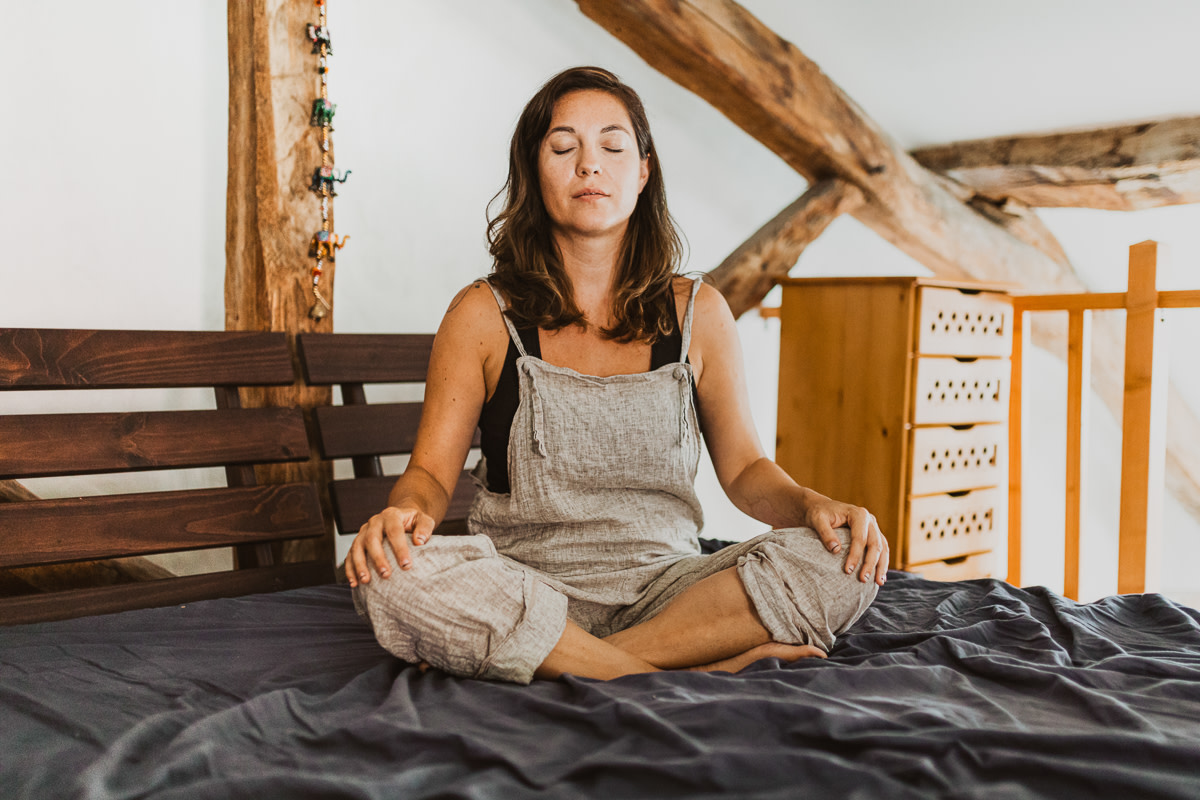When anxiety strikes, your body initiates an automatic survival response characterized by rapid breathing, increased heart rate, muscle tension, and sweating. These physiological reactions prepare you for perceived threats, but when they occur too frequently or intensely, they can become overwhelming. Grounding techniques offer powerful tools to restore calm and reconnect with the present moment.
Understanding Grounding Techniques
Grounding practices help anchor you in the present reality by engaging your senses and redirecting focus from anxious thoughts. As psychologist Ernesto Lira de la Rosa, Ph.D., explains, “These exercises help return our bodies to baseline by signaling safety to the nervous system.” Therapist Emily Maynard adds that while anxiety serves an evolutionary purpose, grounding helps prevent it from spiraling into distress or rumination.
Physical Grounding Methods
4-7-8 Breathing Pattern
- Exhale completely through mouth
- Inhale through nose for 4 seconds
- Hold breath for 7 seconds
- Exhale through mouth for 8 seconds
- Repeat 4 cycles
This technique regulates breathing patterns and activates the parasympathetic nervous system.
Progressive Muscle Relaxation
- Tighten muscle groups (hands, arms, legs) for 5-7 seconds
- Gradually release tension
- Notice differences between tense and relaxed states
Particularly effective for physical manifestations of anxiety.
Sensory Temperature Shift
- Apply cold compress to wrists
- Sip warm tea slowly
- Step outside to feel air temperature
The sudden sensory input interrupts anxious thought patterns.
3-3-3 Immediate Grounding
- Identify 3 visible objects
- Acknowledge 3 distinct sounds
- Move 3 body parts (fingers, toes, shoulders)
Quickly reorients to present environment.
Cognitive Grounding Approaches
Detailed Observation
- Verbally describe surroundings with increasing specificity
- Note textures, colors, patterns of nearby objects
- Example: “The ceramic mug has uneven glaze with three hairline cracks…”
Visualization Practice
- Imagine roots extending from your body into the earth
- Picture a safe, peaceful environment
- Engage all senses in the mental imagery
Anxiety Externalization
- Personify anxiety as a separate entity
- Draw or describe its imagined appearance
- Creates psychological distance from distressing thoughts
Practical Implementation Tips
- Consistency Over Duration: Brief, frequent practices (30-60 seconds) prove more effective than occasional long sessions
- Non-Judgmental Awareness: Observe sensations without labeling them good/bad
- Personal Adaptation: Modify techniques to suit individual preferences and situations
Therapeutic Benefits
Regular grounding practice can:
- Reduce frequency and intensity of panic episodes
- Improve emotional regulation skills
- Enhance body awareness and present-moment focus
- Create a stronger sense of safety and control
When to Seek Professional Support
While grounding techniques provide valuable coping strategies, consult a mental health professional if:
- Anxiety significantly impacts daily functioning
- Symptoms persist despite self-management efforts
- You experience frequent panic attacks or dissociation
Integration Into Daily Life
Maynard suggests “weaving grounding moments throughout your day” rather than waiting for anxiety peaks. Even brief check-ins while waiting in line or during work breaks can build resilience. Remember that anxiety is a natural human experience – the goal isn’t elimination, but developing compassionate self-regulation skills.
